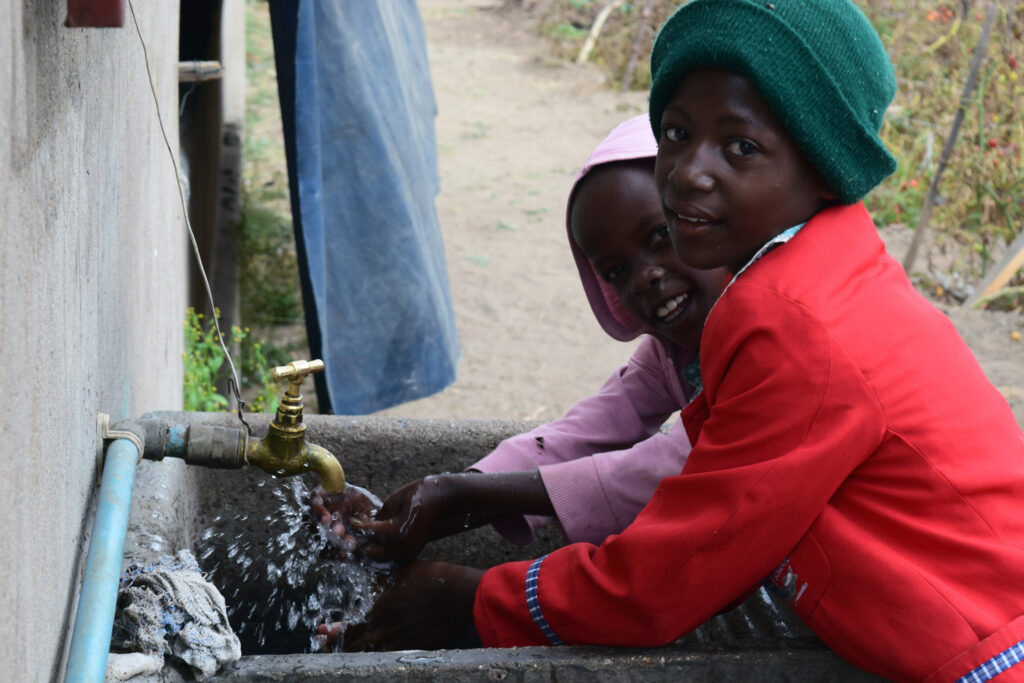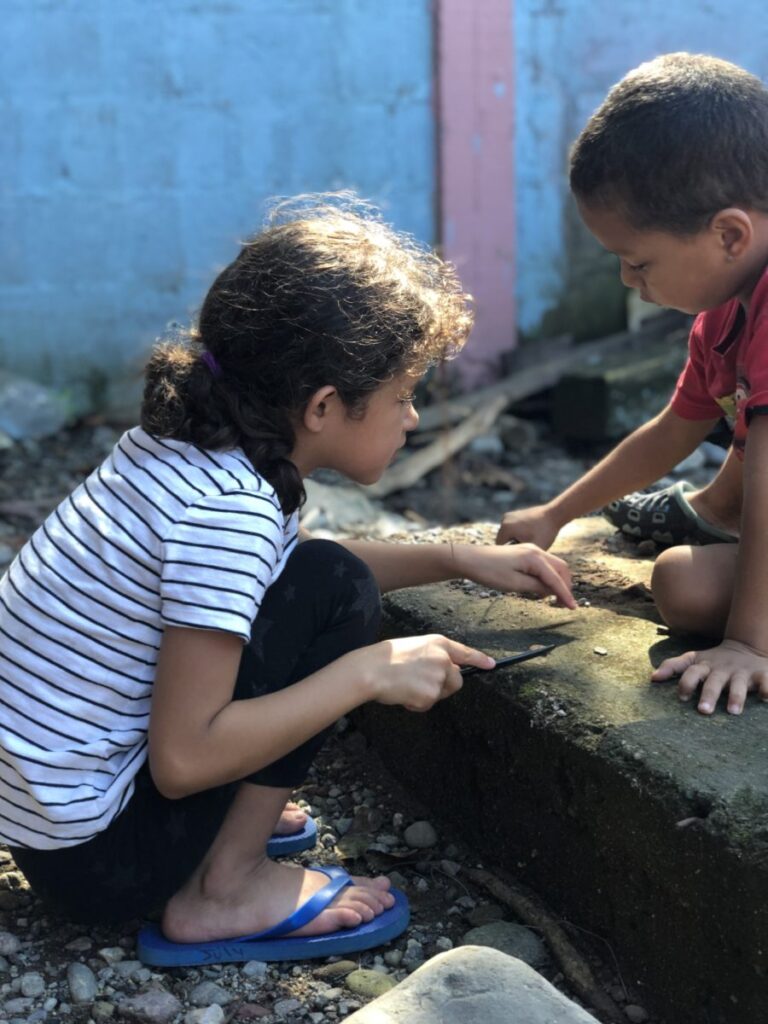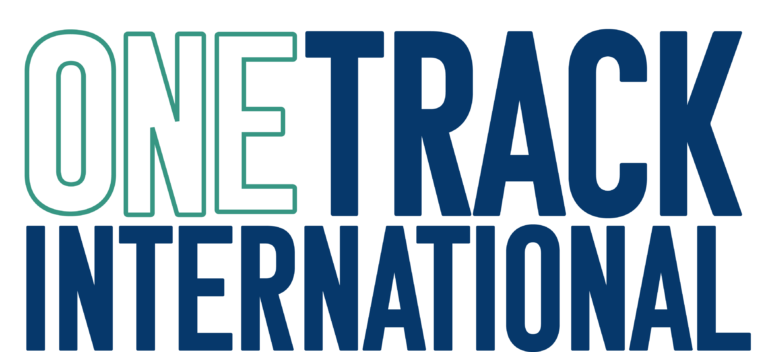The number of orphans in the world today is estimated at over 153 million.
UNICEF
According to UNICEF, an orphan is defined as a child between 0 and 18 years of age that has lost one or both parents. Depending on this, the classification will point out either to a “single” or a “double” orphan, to the degree that the number of orphans in the world today is estimated at over 153 million. Besides this, it is estimated that a total of approximately 15.1 million out of 61 million who live in Asia, 52 million in Africa, 10 million in Latin America and 7.3 million in Eastern Europe and Central Asia, have lost both parents.
Nevertheless, the global picture of children in institutions is quite more intricate. There are millions of children living in institutions worldwide. In line with UNICEF studies, one estimate puts the total at up to 8 million – though unfortunately, given gaps in global statistics and indications that there are many unregistered residential care homes, the true figure may well be much higher. This increase clearly contradicts global guidance and the stated policies of many governments that direct the scaling down of orphanage care, and in some parts of the world the rise is growing unchecked. For instance, as reported by UNICEF, Cambodia saw a 75% increase during the five-year period from 2005 to 2010.

“The orphan myth” consists in the general belief that if a child is living in a residential care institution it must be because of the loss of both parents, but as stated in a report from Save the Children in 2009, the reality is over 80% of these children still have a living parent. These are mostly known as economic orphans. Today’s social and economic problems create new definitions of orphanhood and in this new category of orphans, families sometimes see alternative homes and institutions as a way in which they can improve the chances for them, in hopes that they will have a better life. However, this shouldn’t be confused with social orphans, referring to children with at least one parent alive who fails to fulfill his or her obligations, resulting in parental negligence. Regarding this matter, statistics show that 90% of the 2.7 million children living in orphanages around the world are social orphans.
In the case of economic orphans, the essential cause is poverty, and the majority of these children could be reunited with their families given the right support. According to the Humanitarian and Social Research Center (INSAMER), when a child loses either one of his parents or both, he faces so many economic and mental issues down the line. For example, one child dies every three seconds as a result of poverty, hunger or similar causes, which makes an average of 10,000 children mortalities every day.
The Better Care Network indicates that poverty is recognised as the main driver of child institutionalisation in most countries. Parents and other caregivers struggling to provide for their children may feel compelled to use orphanages to address an immediate problem. In many regions where material poverty is prevalent, evidence demonstrates the “pull factor” of residential care as the means of meeting such basic needs as food, access to education, and other services for children. In fact, UNICEF proved that 52% of children in institutions in Sierra Leone were there due to poverty in 2008. Likewise, in a study of maternity hospitals in Europe, staff in 75% of hospitals stated poverty as a possible cause of abandonment and in China, babies are often abandoned because their parents cannot afford healthcare for them.
Countries such as Russia with 400,000 and Indonesia with 500,000 children living in institutions, estimate that approximately 95% and 94% of children, respectively, still have a living parent. Cambodia assesses this extent to 77%, and Rwanda to 78%. A recently published study of Rwandan orphanages found that poverty, together with death of a parent or abandonment by a parent, was the reason for orphanage placement in 40% of all cases. In Ghana, despite a concerted effort aimed at decreasing the use of orphanages and increasing family-based options, 90% of orphans result from poverty. Nonetheless, other countries have already made the transition from institutions to family-based care, recognizing the importance of family reunification.

Family Reunification
Many children can have the opportunity to live with their birth families when the right community-based services have been put in place. However, it is critical to carefully prepare institutionalised children for the move and ensure that each child goes to a protective environment that is in their best interests. Reunification is a process, made up of many different steps, and is not a one-time event. Preparation of the child and the family, facilitating access to appropriate services and support, and ongoing monitoring are important elements of any reunification process. Past efforts in several countries have illustrated the necessity of considering all reasons why the child was initially separated from the family, addressing those before, during, and after the reunification process.
Now, if resources to maintain orphanages were redirected to instead find and promote alternative care solutions for supporting family-based care – or when this is not possible, use those resources to provide suitable alternative family and community care arrangements – the outcomes for children will be far better.
ONETrack International aims to relieve overcrowded and underfunded orphanages, reunite vulnerable families, and support communities with building family care infrastructure. Our process of reunification includes family-strengthening programs, such as the In-Home Sponsorship program that provides guardians and caretakers with child rearing, livelihood, community, psychological, and basic living support. For instance, in Cambodia, ONETrack International aims to reverse the trends that stimulated the orphanage industry. For those children who have been institutionalized due to the death of parents or older siblings, our reunification process focuses on maintaining ties with surviving relatives and enabling those relatives to take over the care of the orphaned child with our family-strengthening programs.
How We Do It (Video):
References:
Better Care Network. Children in Institutions; The Global Picture. https://bettercarenetwork.org/sites/default/files/1.Global%20Numbers_2_0.pdf
Bonwit, Katrina. The Harms of ‘Orphanage Tourism’ in Cambodia. ONETrack International, 18 May 2019. https://onetrackinternational.org/the-harms-of-orphanage-tourism-in-cambodia/
Faith To Action, Children, Orphanages, and Families: A SUMMARY OF RESEARCH TO HELP GUIDE FAITH-BASED ACTION. https://www.faithtoaction.org/wp-content/uploads/2014/03/Faith2Action_ResearchGuide_V9_WEB.pdf
Hope and Homes for Children. Why do Children End Up In Orphanages? https://www.hopeandhomes.org/blog-article/why-do-children-end-up-in-orphanages/
Nar, Cansu, 2020 Orphan Report, Research, INSAMER, May 2020. https://insamer.com/en/2020-orphan-report_2928.html#_edn6
ONETrack International. Reunification. https://onetrackinternational.org/home-reunification-practices/
UNICEF, Orphans. https://www.unicef.org/media/orphans
UNICEF, Progress for Children: A Report Card on Child Protection Number 8, 2009. https://www.unicef.org/publications/index_50921.html


